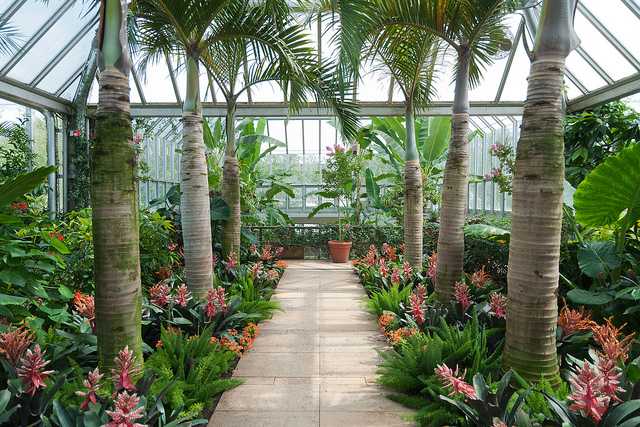
Greenhouse effect is not good for the earth as it is causing global warming. Ironically, a greenhouse is an amazing nature friendly space harvesting solar energy by glass panels to grow even in the driest of winters.
(Greenhouse effect is actually a misnomer, aesthetically. It should be called corrupted pollution effect, being entirely truthful.) You can set up a greenhouse several ways, but in anything you do, setting up green glass walls is common.
Look up the options
Many homeowners use discarded window frames. You can also pick your glass first and then build the surrounding frame. The Walipini is a special ‘underground’ greenhouse from Andean climates. Based on its planning, this special greenhouse can sustain warmth even in the coldest mountain climates.
Here, you can find brief guidelines on setting different types of greenhouses, including Walipini. Greenhouse construction is an extensive project economically, and it is also time intensive. Neither should you be impatient because it can lead to carelessness in handling the glass. Take your time. Plan it well ahead of the winter (three/four months) so that the house is ready by then.
The sun and the trees
The greenhouse is constructed with respect to the sun. Essentially, you are creating a reverse microclimate using the climatic resources nonetheless. Warmth inside the greenhouse should be traditionally derived from the sun and kept confined. In above-ground greenhouses the side walls and the roofs are made of glass. In the underground model, the roof is slanted and made of plastic sheeting.
The earth makes up the walls largely. Choose a south facing area and make sure there are no obstacles blocking the sunlight. The structure should be able to get most of the morning sun, rather than the afternoon sun. An excess of anything is unbalanced and afternoon suns are hotter. This can cause more heat trapping in the house than you need. Your priority must also include optimizing the lower-angled winter sun.
An east facing open area typically receives more sun from November to February. Avoid setting up the greenhouse near an evergreen tree because it would shade the sun in winter. There is no such issue with deciduous trees. You will also need electrical connections for heat and ventilation. You can use solar panels for this as well. Otherwise, make sure that the greenhouse location can draw electricity from utility connections.
Optimize the eco-friendliness by setting up rainwater harvesting arrangements as well. The structure is otherwise simple. You do not have to set a floor as you are using the internal space for farming. Only set up the walls and the sloping roofs with maximum glass to cover the maximum sun. the grower should make sure that the structure is waterproof and has a good drainage system.
The walipini
The ground stores thermal heat very effectively creating a warm microclimate in even the coldest seasons. This is also incredibly cheap because only the roof and partial walls are needed (most of the ‘walls’ are made of earth). The rectangle depth is angular allowing a green UV protected plastic sheet to be placed tautly on it with PVC piping.



